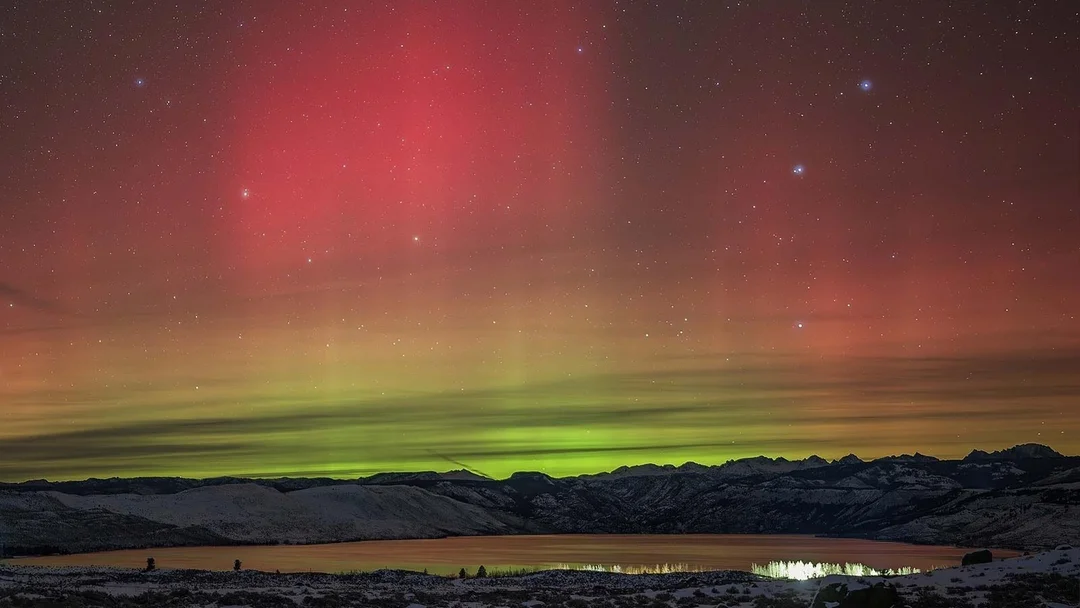
Stargazers Rejoice: Northern Lights Poised to Dazzle Across Several US States
Prepare to be mesmerized! The Northern Lights, also known as the Aurora Borealis, are predicted to make a spectacular appearance across several US states in the coming days. Experts cite heightened solar activity as the catalyst for these potentially vibrant displays, offering a rare opportunity for skywatchers to witness this breathtaking phenomenon.
According to the National Oceanic and Atmospheric Administration (NOAA), a handful of northern U.S. states stand the best chance of catching the auroral display. While no major geomagnetic storms are anticipated, the forecast suggests "brighter" lights that could be "quite pleasing to look at" in the right conditions.
Which States Could See the Aurora?
The prime viewing locations include most of Alaska and Canada. Within the contiguous United States, North Dakota and Minnesota are particularly well-positioned. States falling within the broader "view line" – where the likelihood of seeing the aurora is lower but still possible – encompass Idaho, Montana, Wisconsin, and Michigan. The geomagnetic storm predicted could extend the viewing zone southward, as low as New York to Wisconsin to Washington state.
When to Look Up
The most active and visible period for the aurora is typically between 10 p.m. and 2 a.m. local time. Darkness is your ally. Escape light pollution by venturing as far south as possible and seeking out an elevated vantage point. Vermont has a betterchance of seeing the lights on April 22. Main has the best chance on April 21. Northernmost tips of Vermont and New Hampshire may as well.
Capturing the Moment
Aspiring photographers can enhance their chances of capturing stunning images by using a wide-angle lens and a tripod for stability. iPhone users can leverage the camera app's night mode to amplify the aurora's visibility. Adjusting aperture value to 4.0 or lower and incorporating foreground elements like trees or water bodies can further enrich the image.
Why is This Happening Now?
The recent surge in Northern Lights activity is attributed to increased solar activity, including geomagnetic storms and solar flares. Scientists have confirmed that the sun is currently in its "solar maximum," an 11-year cycle of peak activity. This cycle has surpassed expectations, with NASA estimating that aurora activity in 2024 has reached a 500-year peak. Recent strong solar flares, such as the X9.0 flare in October, have spurred remarkable aurora displays, extending as far south as Florida and Texas.
Wyoming also has a strong potential to see the Northern Lights this week. Visibility may be stronger and more visible in southern Wyoming than northern Wyoming.
What's Next?
According to NASA scientists, we can anticipate continued strong aurora activity throughout the remainder of this year before it gradually declines in the latter part of the decade.
Looking Ahead
The convergence of heightened solar activity and favorable viewing conditions presents an exceptional opportunity to witness the magic of the Northern Lights. Whether you’re a seasoned astrophotographer or a casual observer, now is the time to venture out and gaze upon the spectacle. Will you be chasing the aurora this week? Share your plans and viewing experiences in the comments below!